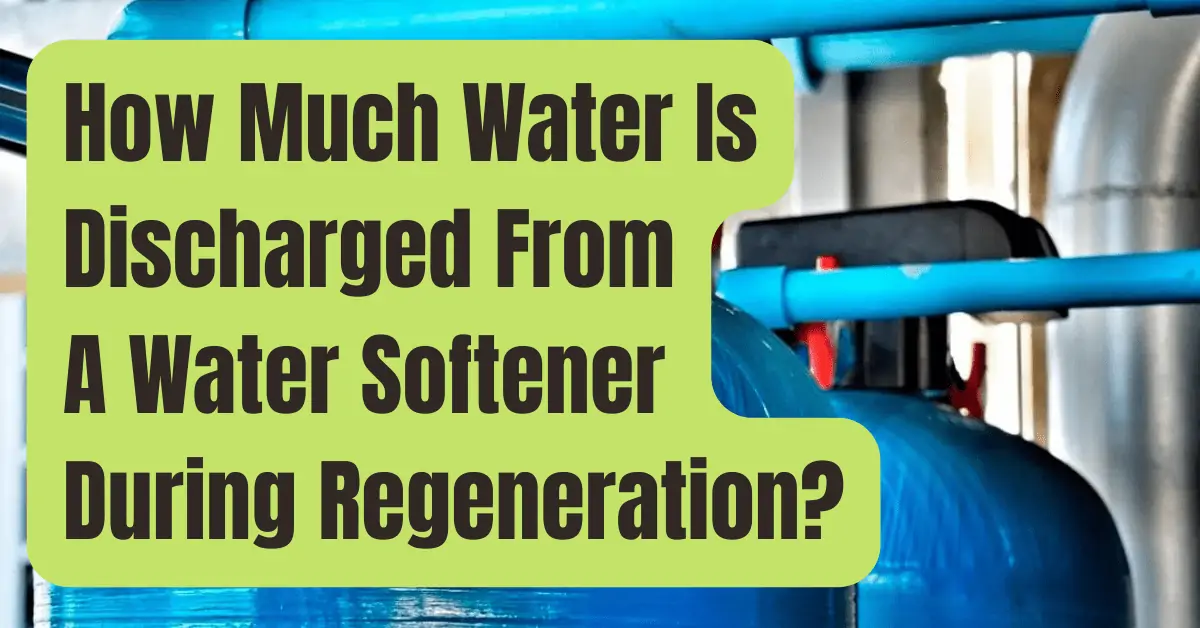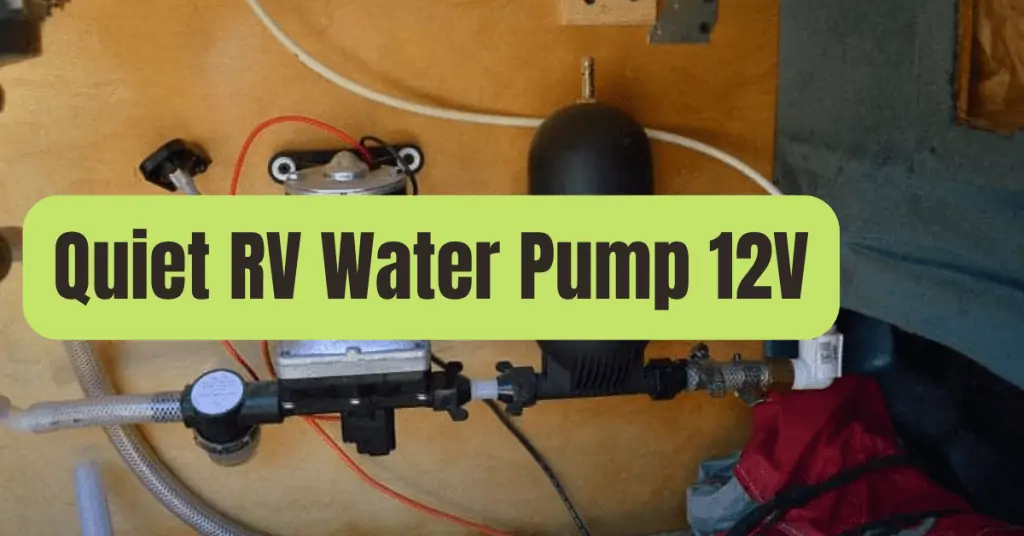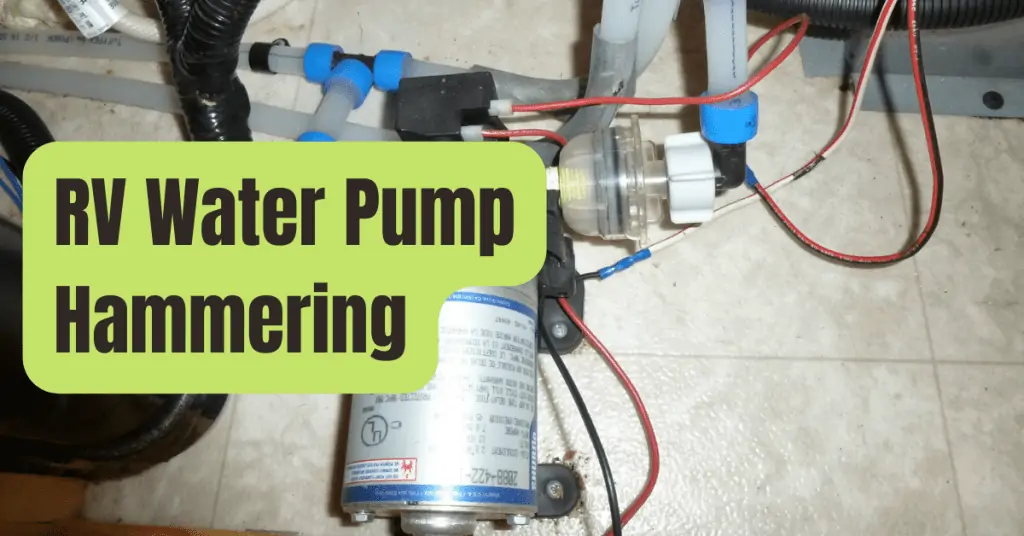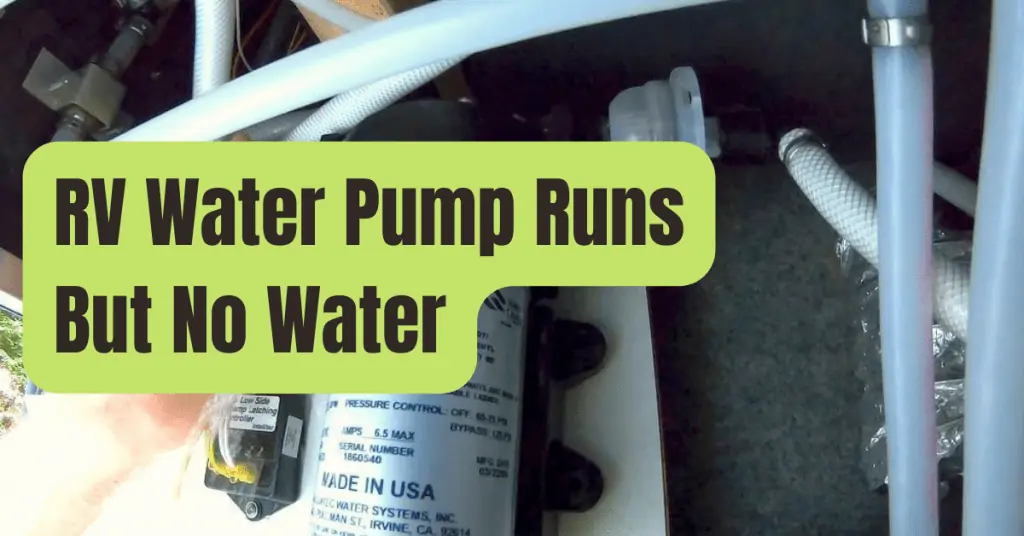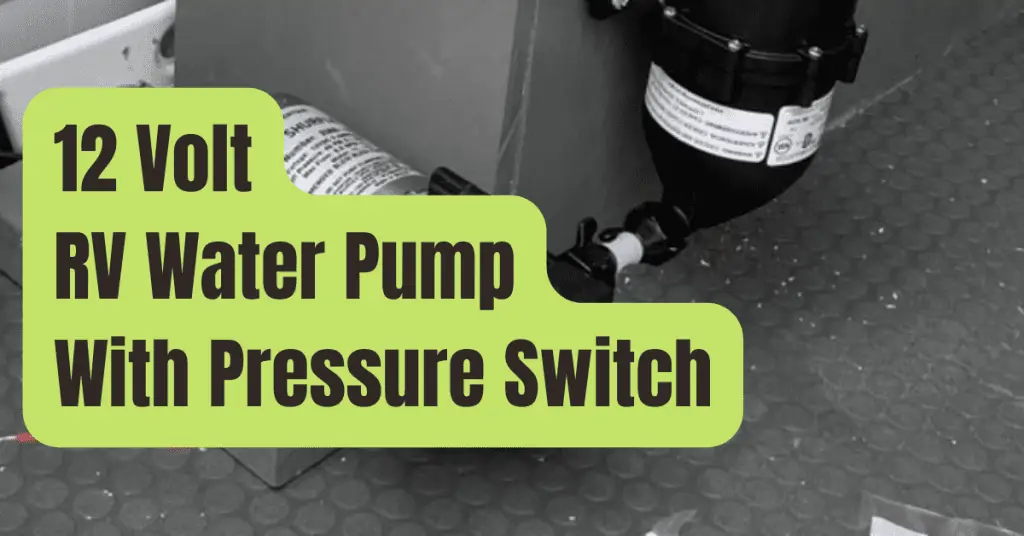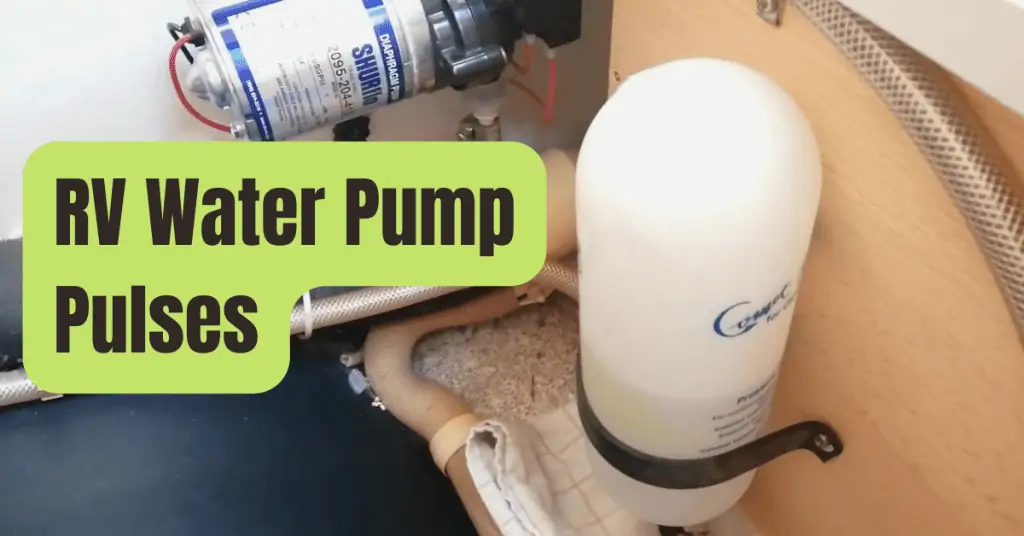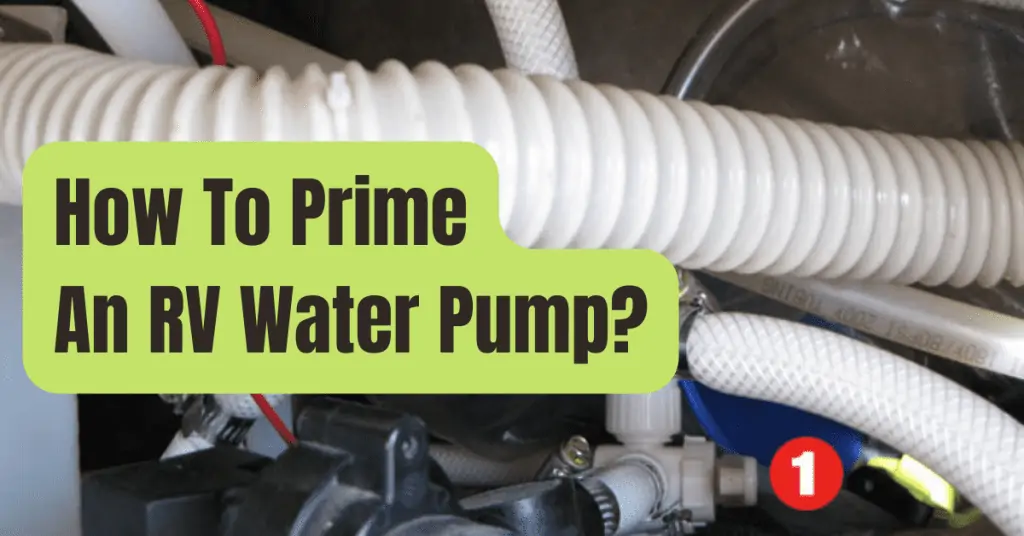It depends, is the response.
Instead of operating on a predetermined timetable, most water softeners regenerate (clean themselves) depending on consumption.
The amount of water hardness and home water use determine how often the water softener has to replenish.
The quantity of water required for softener regeneration also varies based on the water’s hardness.
During regeneration, some softeners may require 20 to 25 gallons of water, while others may use anywhere between 35 and 65 gallons, depending on a variety of variables.
In order for the softener to know how much hard water mineral it has removed before requiring to recharge to clean the resin beads containing the minerals, you set your water hardness level during initial setup.
The water softener regenerates when the resin beads are 75 to 80 percent saturated, and it has a reserve capacity of 20 to 25 percent before it does so.
Keep reading to find out why your water softener would need to regenerate in the first place if these statistics are unclear to you.
A Water Softener Regenerates For What Reasons?
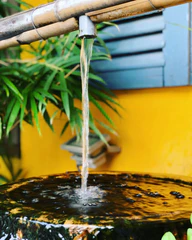
The hard water is routed through a bed of resin beads in ion-exchange water softeners.
Calcium and magnesium from hard water minerals come into touch with the resin as it ages.
Each bead collects and keeps the water’s “hardening” minerals as the hard water flows through the bed.
It is known as “ion-exchanging,” and it attracts and holds metals similarly to how a magnet does.
The water softening system then sends soft water (devoid of hard minerals) to the home’s water pipes.
As the hardness minerals accumulate over time and get trapped in the resin, the resin fills up, and the system must renew or recharge to release the hardness minerals and resume the softening process.
Because the system only regenerates when it reaches a predetermined softening capacity rather of just renewing on a particular day, whether it requires regeneration or not, demand regeneration is frequently seen to be more efficient in both salt and water consumption.
A Water Softener Regenerates In What Way?
The cleaning procedure known as “regeneration” begins when the resin beads need to be cleaned after being covered with hard minerals.
There Are Five Phases To Regeneration:
- Fill: Brine is salt that has been dissolved in water. To remove the tough minerals from resin beads, brine is required. During the fill stage, water flows into the salt storage compartment to create the brine.
- Brining: Brine is transferred from the salt storage room to the resin tank during brining. The cleaning solution required to remove tough minerals from the resin beads is brine. The brine and brittle minerals are poured down the drain.
- Brine Rinse: The brine valve shuts after a predetermined volume of brine has been used. Except for the cessation of the brine flow, water continues to flow in the same direction as during brining. The resin tank’s outflow is filled with brine and hard minerals.
- Backwash: During backwash, water flows quickly through the resin tank, washing accumulated iron, dirt, and sediments out of the resin bed and down the drain.
- Fast Rinse: After the backwash, water is quickly pumped through the resin tank. The rapid flow packs the resin bed and flushes brine from the tank’s bottom. The water softening system resumes soft water delivery after a quick cleaning.
The softener is automatically placed in bypass mode during recharging, enabling the residence to use hard water during this time.
It is advised to avoid using water while your water softener is regenerating because of this.
Water is once again sent through the resin bed to be conditioned once the softener has been refilled (softened).
Advice: Ensure that you read your manufacturer’s handbook and familiarize yourself with the upkeep and cleaning procedures unique to your water softeners type.
How Much Time Does It Take A Water Softener To Regenerate?
When households are not using water, between 2:00 and 4:00 am, most water softeners are set to recharge.
It takes around two hours to complete regeneration.
The amount of water hardness and home water consumption are two variables that affect how often the water softener has to replenish.
The water softener regenerates when the resin beads are 75 to 80 percent saturated because it has a reserve capacity of 20 to 25 percent before it does so (filled with hardness minerals).
How Much Water Does It Need To Renew In Gallons?
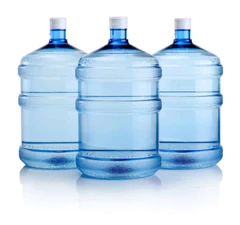
Depending on the size of the water softener, a typical water softener for a household of 4 needs between 35 to 65 gallons of water during regeneration.
The engine will start and stop multiple times while going through regeneration, which accounts for the noise you hear in the middle of the night.
The hardness of the water affects how much water is needed during softener regeneration.
During regeneration, some softeners may require 20 to 25 gallons of water.
Even though it may seem like a lot of water, the procedure prevents damage to your household appliances and water waste that may result from continuing to use hard water.
How Often Should I Renew My Water Softener?
A water softener system’s valve regulates how often a water softener regenerates or recharges.
The valve, also known as a “control valve,” serves as the softer unit’s “brain,” dictating when the softener regeneration process will take place.
Your water softener may renew daily or multiple times per month.
All of this will rely on your water softener’s capacity, the amount of water consumed, and the properties of the water being treated.
For instance, a medium-sized water softener that is processing water for a house with a family of four with a total hardness of 10 Grains Per Gallon (GPG) would need to regenerate around every 10 days.
This is based on the assumption that an adult uses around 75 gallons of water per day and that their water softener has a 32,000 grain capacity.
As you can see, a number of variables affect how often your water softener regenerates, and each of these variables has the potential to alter this frequency.
When A Water Softener Regenerates, Can Water Be Used?
It is feasible to utilize water while regeneration is taking place, but doing so might have unfavorable impacts, particularly if you have a single tank system and are allowing hard water into your house.
It’s best to avoid using water while your softener regenerates by setting it to regenerate at midnight or in the early morning.
If necessary, use very little water during regeneration processes like flushing, hand washing, or drinking.
Laundry and baths should absolutely wait till the softener has done regenerating!

